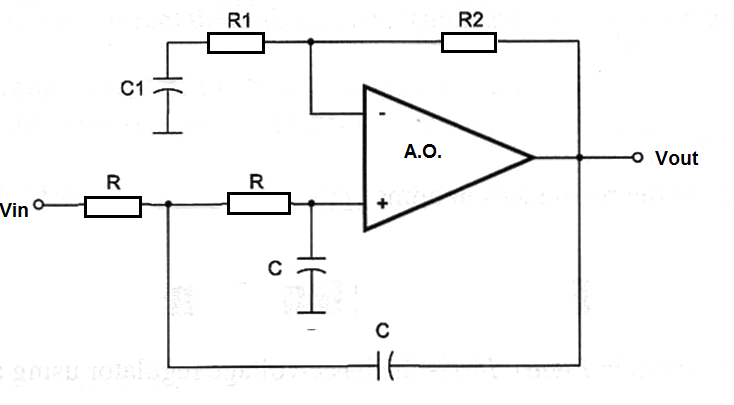

See this CNN notebook on Terra for an overview and initial benchmarking results, and see the gatk4-cnn-variant-filter repository for the WDL pipeline. As of this writing, the CNN workflow is in experimental status (check here for an update). ► GATK4 offers a deep learning method to filter germline variants that is applicable to single sample callsets. See this tutorial to filter on FORMAT field attributes and to change the genotypes of such filtered sample sites to NULL. FORMAT field annotations, which this article does not cover.

Additionally, hard-filtering allows for filtering on sample-level annotations, i.e.
#Filter and amp section of syntorial really hard manual#
Hard-filtering is useful when the data cannot support VQSR or when an analysis requires manual filtering. See this article on truth sets for training and this one about VQSR for more information. Each includes example data as well as publicly available recommended human population resources. provided on the Germline Best Practices Workflow to both the gatk-workflows WDL script repository and to Terra workspaces. reference implementations, see links, e.g. For WDL script implementations of pipelines the Broad Genomics Platform uses in production, i.e. The GATK Best Practices recommends filtering germline variant callsets with VQSR. See this article for in-depth descriptions of the different variant annotations. In Section 2, we will outline the steps in hard-filtering. In Section 1, we will outline the steps in Variant Quality Score Recalibration (VQSR). Site-level filtering involves using INFO field annotations in filtering. This article outlines two different approaches to site-level variant filtration.


 0 kommentar(er)
0 kommentar(er)
